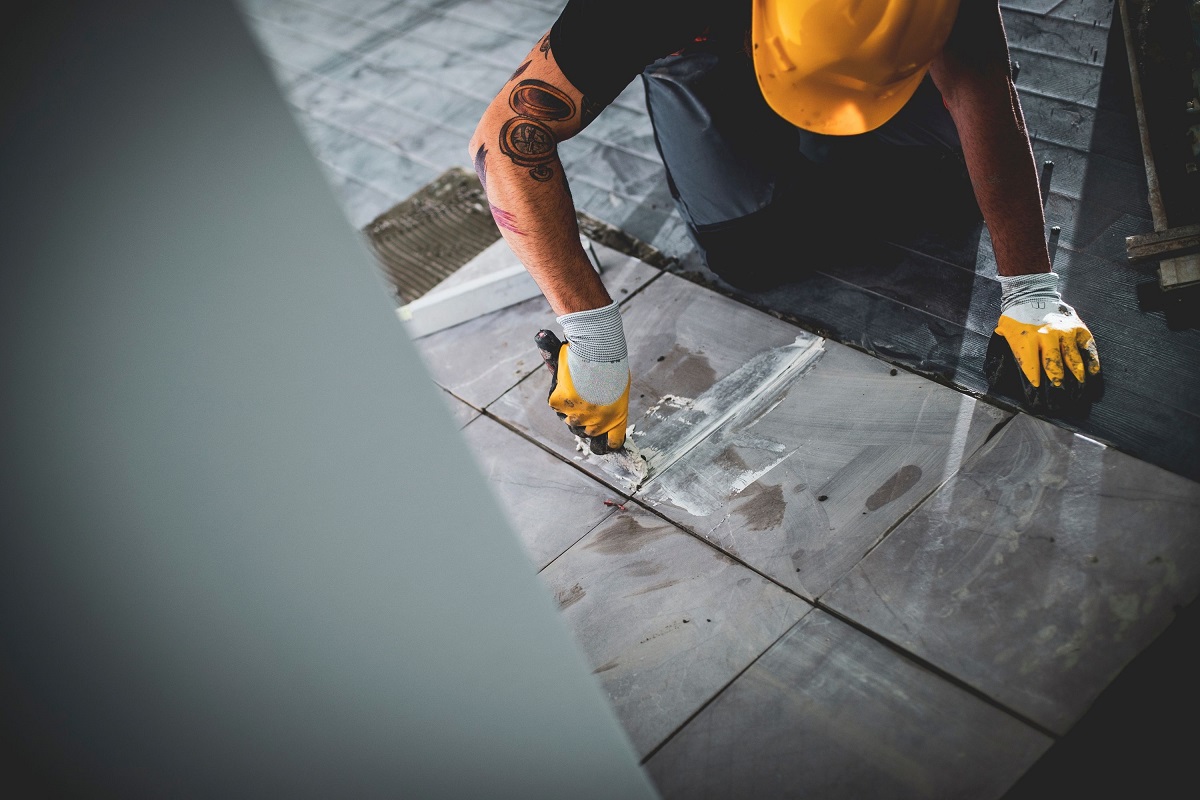

Articles
How To Get Paint Off Tile Floor
Modified: January 23, 2024
Looking for articles on how to get paint off tile floor? Discover effective methods and tips in this comprehensive guide, ensuring a spotless and pristine finish for your tiles.
(Many of the links in this article redirect to a specific reviewed product. Your purchase of these products through affiliate links helps to generate commission for Storables.com, at no extra cost. Learn more)
Introduction
Having paint on your tile floor can be a real eyesore. Whether it’s accidental splatters or dried drips from a previous painting project, removing paint from tile can seem like a daunting task. However, with the right methods and a little bit of patience, you can successfully restore your tile floor to its original pristine condition.
In this article, we will explore various methods to effectively get paint off tile floors. From household products like vinegar and rubbing alcohol to more potent options like acetone and paint removers, we will cover a range of techniques to suit different scenarios. So let’s dive in and discover how to tackle that stubborn paint on your precious tile floor!
Key Takeaways:
- Household items like vinegar and rubbing alcohol can effectively remove paint from tile floors, providing a safe and affordable alternative to harsh chemical-based paint removers.
- When dealing with stubborn paint, consider using specialized methods such as paint removers, heat guns, or steam cleaners, but always prioritize safety and test on a small area first.
Read more: How To Get Tile Glue Off Floor
Method 1: Using Vinegar and Water Solution
Vinegar is a versatile household ingredient that can be used for many cleaning purposes, including the removal of paint from tile floors. Its acidic nature helps to break down the paint and make it easier to remove. Here’s how you can use vinegar and water solution to get paint off your tile floor:
- Mix equal parts of vinegar and water in a bucket or spray bottle.
- Dampen a clean cloth or sponge with the vinegar and water solution.
- Gently scrub the painted area on the tile floor, applying light pressure.
- Let the solution sit on the paint for a few minutes to penetrate it.
- Using a clean cloth or sponge, wipe away the loosened paint.
- Rinse the area with clean water to remove any residue.
If the paint does not come off easily, you can repeat the process or try using a soft-bristle brush to scrub the stubborn areas. Avoid using abrasive scrubbers or materials that may scratch the tile surface.
Remember to always test the vinegar and water solution on a small, inconspicuous area of the tile floor before applying it to the painted area. This will help ensure that it does not cause any damage or discoloration to the tiles.
Overall, using a vinegar and water solution can be an effective and affordable method for removing paint from tile floors. It is a safe and environmentally friendly option compared to harsh chemical-based paint removers.
Method 2: Using Rubbing Alcohol
If vinegar and water solution alone doesn’t provide the desired results in removing paint from your tile floor, you can try using rubbing alcohol. Rubbing alcohol is known for its ability to dissolve and remove various substances, including paint. Here’s how you can use rubbing alcohol to get paint off your tile floor:
- Start by ventilating the area by opening windows or using a fan if possible, as rubbing alcohol can have a strong smell.
- Dampen a cloth or sponge with rubbing alcohol.
- Gently rub the painted area on the tile floor, applying light pressure.
- Allow the rubbing alcohol to sit on the paint for a few minutes to help loosen it.
- Using a clean cloth or sponge, wipe away the loosened paint.
- Rinse the area with clean water to remove any residue.
Similar to the vinegar and water solution, it’s important to test the rubbing alcohol on a small, inconspicuous area of the tile floor first to ensure it doesn’t cause any damage or discoloration.
In cases where the paint is particularly stubborn or has dried for a long time, you can try gently scraping it off with a plastic scraper or putty knife. Be cautious not to scratch the tile surface, though.
Remember to handle rubbing alcohol with care and avoid any direct contact with your skin or eyes. Use gloves and work in a well-ventilated area.
This method can be effective for small paint stains or spills on your tile floor. However, for larger areas of paint or more stubborn paint, you may need to explore alternative methods or consider seeking professional assistance.
Method 3: Using Acetone or Nail Polish Remover
Acetone and nail polish remover containing acetone are powerful solvents that can effectively dissolve and remove paint from tile floors. Here’s how you can use acetone or nail polish remover to get paint off your tile floor:
- Ensure proper ventilation by opening windows or using a fan, as acetone can have a strong smell.
- Dampen a cloth or sponge with acetone or nail polish remover containing acetone.
- Gently rub the painted area on the tile floor, applying light pressure.
- Allow the acetone to sit on the paint for a few minutes to help dissolve it.
- Using a clean cloth or sponge, wipe away the dissolved paint.
- Rinse the area with clean water to remove any residue.
It’s important to wear gloves while handling acetone to protect your skin. Avoid direct contact with your eyes and ensure proper ventilation to prevent inhaling fumes.
Like with previous methods, test the acetone or nail polish remover on a small, inconspicuous area of the tile floor to ensure it doesn’t cause any damage or discoloration.
It’s worth noting that acetone can be harsh on certain types of tile, particularly those with sensitive or porous surfaces. So, exercise caution and assess the sensitivity of your tile before proceeding with this method.
If the paint doesn’t come off easily with acetone, you can try gently scraping it off with a plastic scraper or putty knife. Take care not to scratch the tile surface while doing so.
This method is best suited for smaller areas of paint or more stubborn paint stains on your tile floor. For larger areas of paint or extensive paint removal, you may need to consider alternative methods or consult a professional.
Method 4: Using Paint Remover or Stripper
If the previous methods have failed to remove the paint from your tile floor, or if you’re dealing with a larger area of paint, using a paint remover or stripper can be a more effective option. Paint removers are designed specifically to break down and dissolve paint, making it easier to remove. Here’s how you can use a paint remover or stripper to get paint off your tile floor:
- Choose a paint remover or stripper that is suitable for use on tiles. Look for products that are specifically labeled for tile surfaces.
- Protect yourself by wearing gloves, safety glasses, and working in a well-ventilated area.
- Apply the paint remover or stripper to the painted area on the tile floor, following the instructions provided by the manufacturer.
- Allow the product to penetrate and loosen the paint for the recommended amount of time.
- Using a plastic scraper or putty knife, gently scrape off the softened paint.
- Wipe away any residue with a clean cloth or sponge.
- Rinse the area thoroughly with clean water to remove any remaining traces of the paint remover.
It’s crucial to follow the instructions and safety guidelines provided by the paint remover manufacturer. Some products may require additional steps, such as neutralizing the surface after paint removal.
Before applying the paint remover to the entire painted area, perform a spot test on a small, inconspicuous area of the tile floor to ensure compatibility and to test for any adverse effects on the tile surface.
It’s worth noting that paint removers can be quite potent and may contain harsh chemicals. It’s important to handle them with care and take necessary precautions to ensure your safety and the protection of your tile floor.
If you’re uncertain about using a paint remover yourself or if you’re dealing with a large or stubborn paint problem, it is recommended to consult a professional for assistance.
Use a plastic putty knife to gently scrape off the paint from the tile floor. Be careful not to scratch the tile surface. If the paint is stubborn, try using a commercial paint remover or a mixture of warm water and dish soap.
Read more: How To Get Rust Off Of Tile Floor
Method 5: Using Heat Gun or Hair Dryer
If you prefer a more hands-on approach to remove paint from your tile floor, using a heat gun or hair dryer can be an effective method. The application of heat helps soften the paint, making it easier to scrape off. Here’s how you can use a heat gun or hair dryer to get paint off your tile floor:
- Ensure proper ventilation by opening windows or using a fan to prevent the accumulation of fumes.
- Plug in the heat gun or hair dryer and set it to medium heat.
- Hold the heat gun or hair dryer a few inches away from the painted area on the tile floor.
- Move the heat source back and forth in a sweeping motion, evenly heating the paint for several seconds.
- Using a plastic scraper or putty knife, gently scrape off the softened paint while it’s still warm.
- Continue applying heat and scraping until the majority of the paint is removed.
- Wipe away any residue with a clean cloth or sponge.
- Rinse the area with clean water to remove any remaining traces of paint.
It’s important to be cautious when using a heat gun, as excessive heat or prolonged exposure can damage the tile surface or even cause the paint to ignite. Keep the heat source moving and avoid applying excessive heat to prevent any issues.
Before using this method, consider testing it in a small, inconspicuous area of the tile floor to ensure that the heat doesn’t cause any damage or discoloration.
This method is most effective for removing latex-based paint, but it may not be as effective with oil-based paints. Oil-based paints may require a stronger chemical paint remover or alternative methods of paint removal.
Remember to take necessary safety precautions, such as wearing gloves and eye protection, while using a heat gun. If you’re uncomfortable with using a heat gun or dealing with a large area of paint, it is advisable to seek professional assistance.
Method 6: Sanding the Paint Off
If you’re dealing with a stubborn layer of paint on your tile floor that doesn’t seem to respond to other methods, sanding can be a viable solution. Sanding the paint off allows you to physically remove the paint by smoothing and scraping the surface. Here’s how you can use sanding to get paint off your tile floor:
- Start by protecting yourself with gloves, safety glasses, and a dust mask to avoid inhaling any dust particles.
- Using a medium-grit sandpaper or a sanding block, gently sand the painted area on the tile floor.
- Apply light pressure and move the sandpaper in a circular or back-and-forth motion.
- Continue sanding until you have removed the paint and achieved a smooth surface.
- Keep a vacuum cleaner or a dustpan and brush nearby to clean up the dust and debris generated during sanding.
- Once the paint is removed, wipe the area with a damp cloth to remove any remaining dust or particles.
- If necessary, repeat the process or switch to a finer-grit sandpaper to achieve a smoother finish.
It’s important to note that sanding can be a time-consuming process and may require patience, particularly if you’re dealing with multiple layers of paint. Also, keep in mind that sanding can be more suitable for certain types of tile surfaces, such as ceramic or porcelain, rather than more delicate or decorative tiles.
Avoid applying excessive pressure while sanding to prevent damaging the tile surface. Test the sandpaper on a small, inconspicuous area first to ensure that it doesn’t scratch or damage the tile.
After sanding, it’s crucial to thoroughly clean the area to remove any dust, debris, or sanding residue. This ensures a clean surface for any future treatments or finishes you may wish to apply to the tile floor.
If you’re uncomfortable with sanding or if you have a large area of paint to remove, it is recommended to consult a professional for assistance to ensure the best results and to avoid any potential damage to your tile floor.
Method 7: Using a Steam Cleaner
Using a steam cleaner is another effective method for removing paint from tile floors. Steam cleaners generate high-temperature steam that can loosen and dissolve paint, making it easier to wipe away. Here’s how you can use a steam cleaner to get paint off your tile floor:
- Fill the steam cleaner with water, following the manufacturer’s instructions.
- Plug in the steam cleaner and allow it to heat up according to the manufacturer’s guidelines.
- Attach the appropriate cleaning attachment, such as a brush or nozzle, for your tile floor.
- Hold the steam cleaner over the painted area on the tile floor and apply steam.
- Gently scrub the painted area with the attached brush or nozzle to loosen the paint.
- Wipe away the softened paint with a clean cloth or sponge.
- Continue steaming and cleaning until you have removed all the paint from the tile floor.
- After removing the paint, wipe the area with a damp cloth to remove any remaining residue.
When using a steam cleaner, it’s important to follow the manufacturer’s instructions and safety guidelines. Be cautious when handling the steam cleaner and ensure proper ventilation in the room.
It’s recommended to test the steam cleaner on a small, inconspicuous area of the tile floor to ensure it doesn’t cause any damage or discoloration.
Steam cleaners are particularly effective for removing water-based or latex paint. However, be aware that they may not be as effective for oil-based paints or extremely old, dried-on paint.
After using a steam cleaner, thoroughly clean the tile floor to remove any residual moisture or cleaning solution. This will help maintain the condition of your tiles and prevent any potential damage.
If you don’t have access to a steam cleaner or if you’re unsure about using one, consider renting a steam cleaner or consulting a professional for assistance.
Conclusion
Removing paint from tile floors may seem like a daunting task, but with the right methods and techniques, it can be effectively accomplished. Throughout this article, we explored various methods for getting paint off tile floors, from using household ingredients like vinegar and rubbing alcohol to more specialized approaches like using paint remover, heat guns, and steam cleaners.
When choosing a method, it’s important to consider factors such as the type of paint, the size of the painted area, and the sensitivity of the tile surface. It’s always wise to start with the least aggressive methods and gradually escalate to stronger options if needed.
Remember to always test any product or method on a small, inconspicuous area of the tile floor before applying it to the painted area. This will help ensure that it does not cause any damage or discoloration to the tiles.
Additionally, it’s crucial to take safety precautions, such as wearing gloves, safety glasses, and proper ventilation when using chemical-based paint removers or heat sources like heat guns.
If you’re uncertain about tackling a paint removal project yourself or if you’re dealing with a large or stubborn paint problem, it may be best to consult a professional. They have the experience and expertise to handle challenging paint removal situations while minimizing the risk of damage to your tile floor.
By following the methods outlined in this article and exercising caution, you can successfully get paint off your tile floor and restore it to its original beauty. With a little effort and the right approach, your tile floor will soon be paint-free and ready to shine once again.
Frequently Asked Questions about How To Get Paint Off Tile Floor
Was this page helpful?
At Storables.com, we guarantee accurate and reliable information. Our content, validated by Expert Board Contributors, is crafted following stringent Editorial Policies. We're committed to providing you with well-researched, expert-backed insights for all your informational needs.
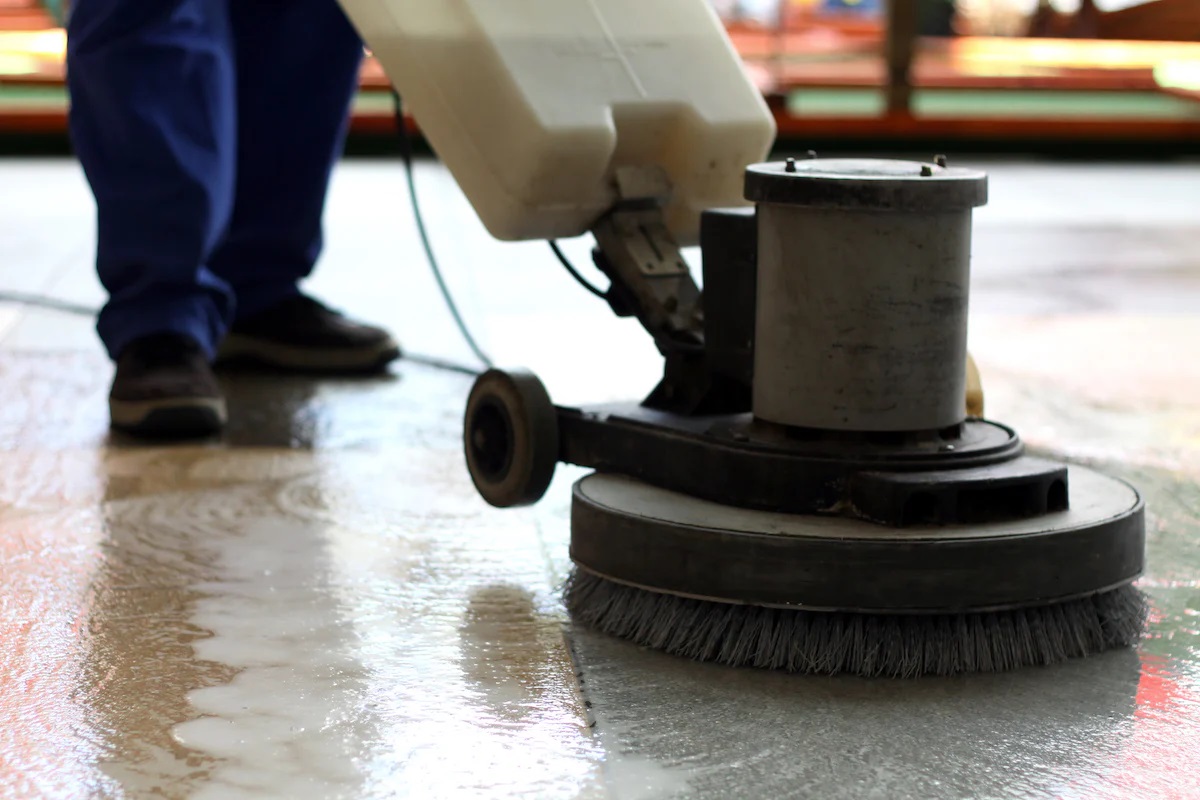
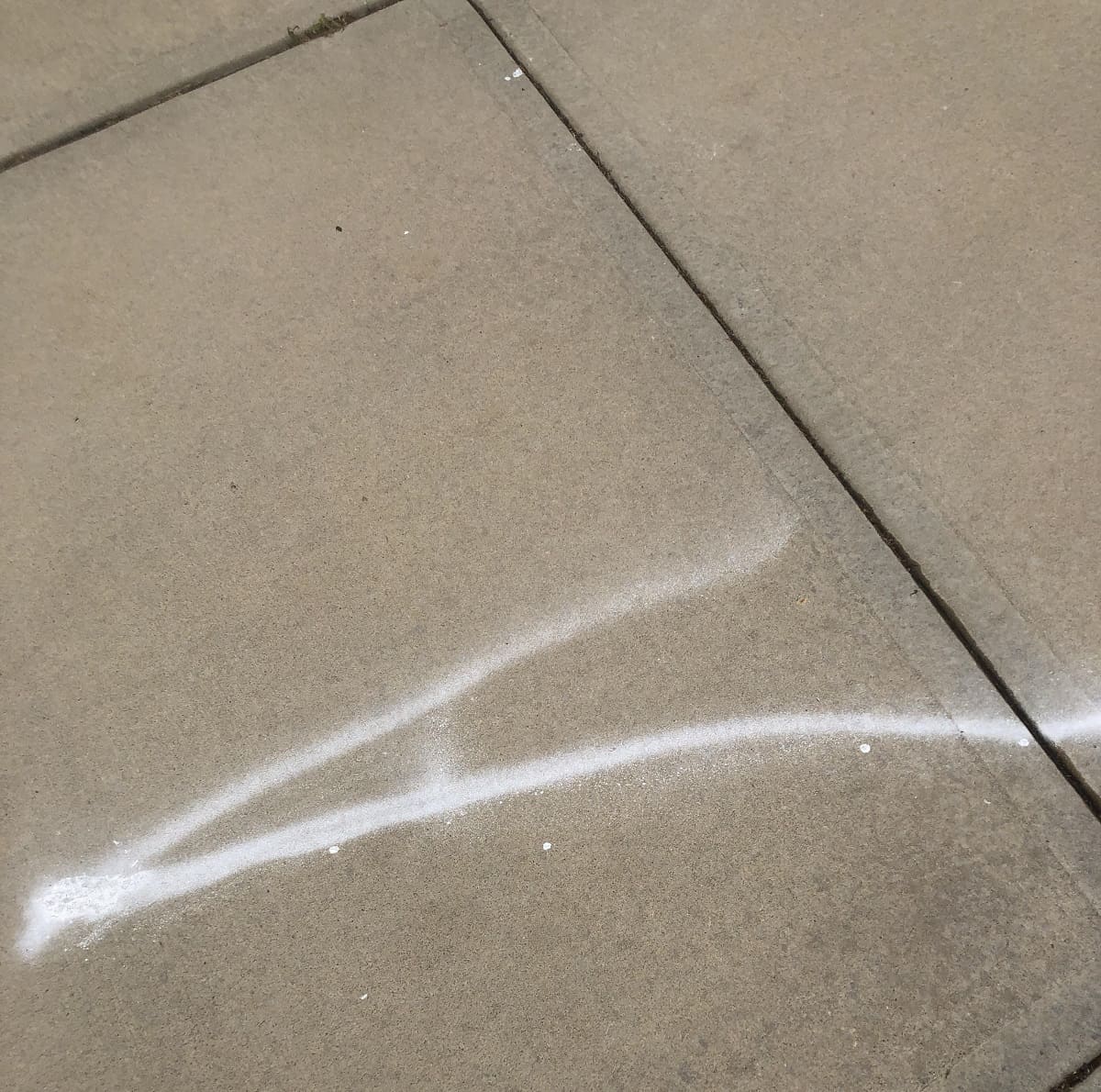
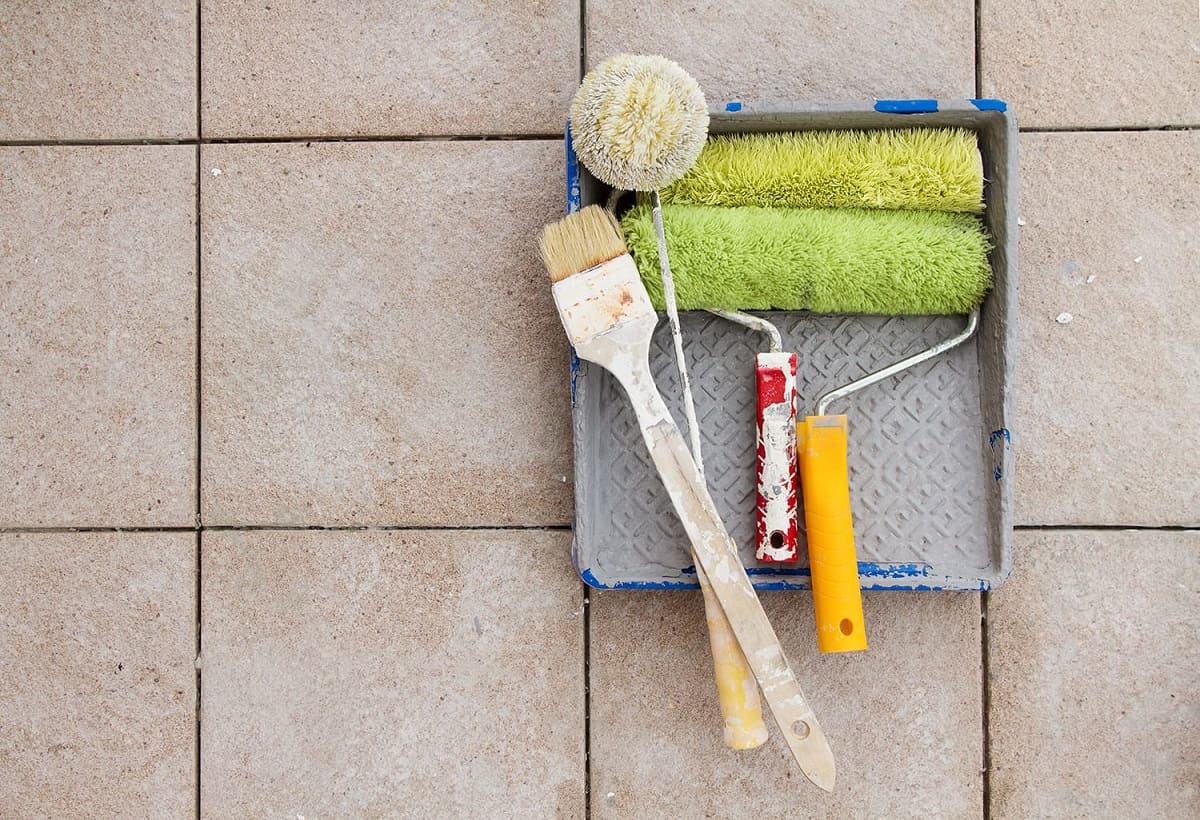
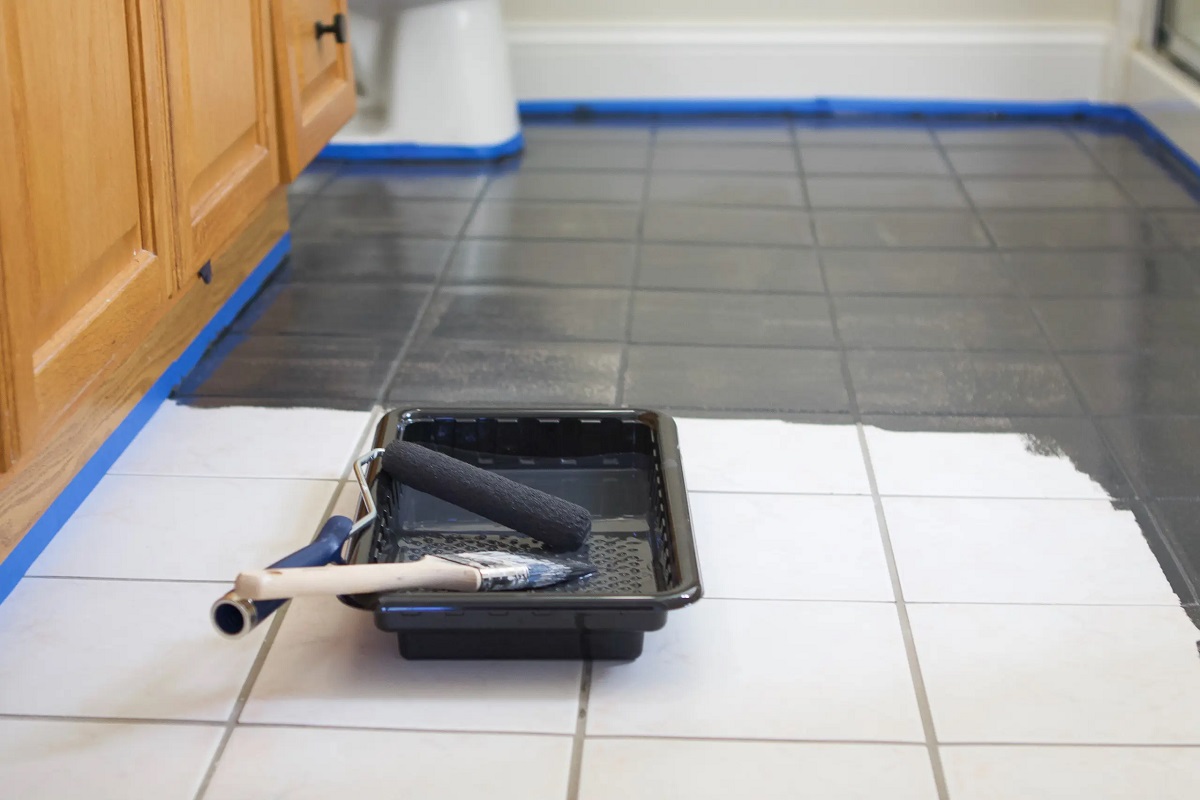
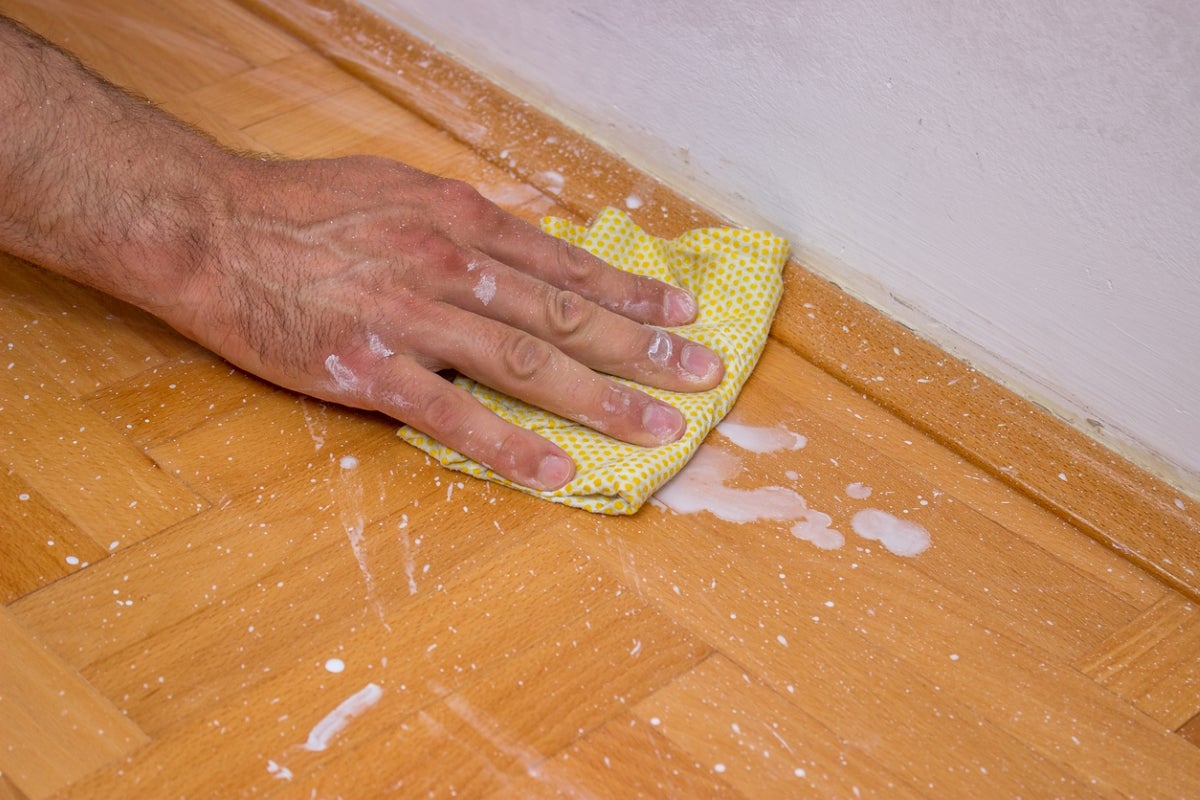
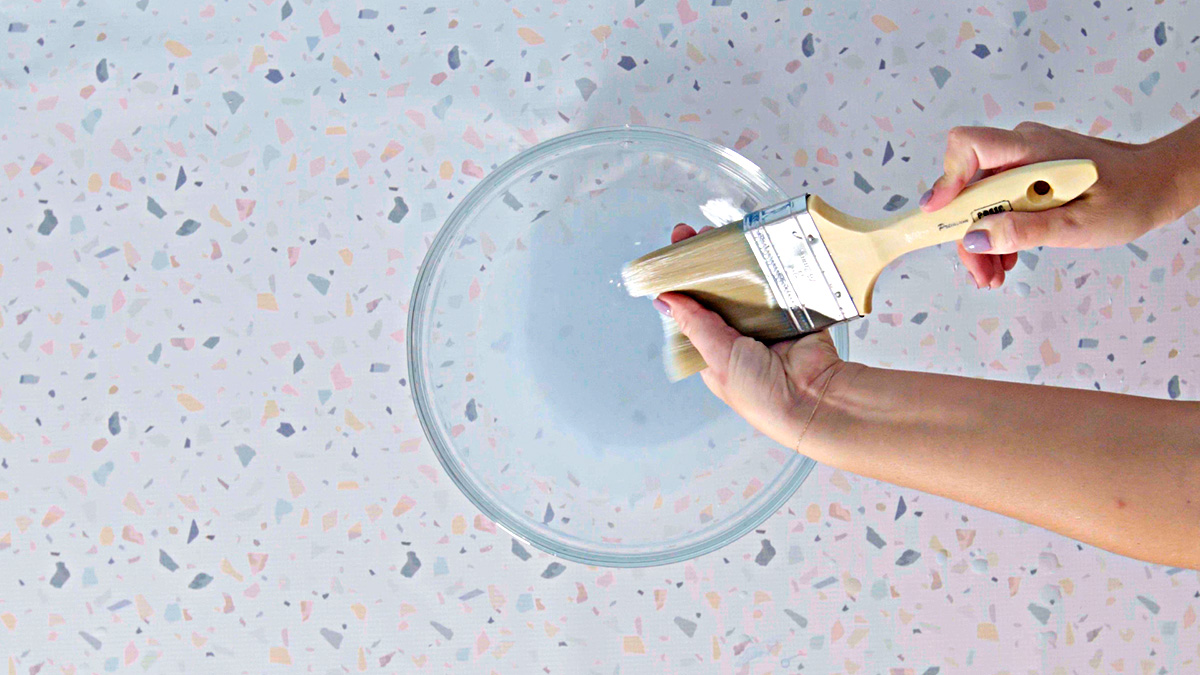
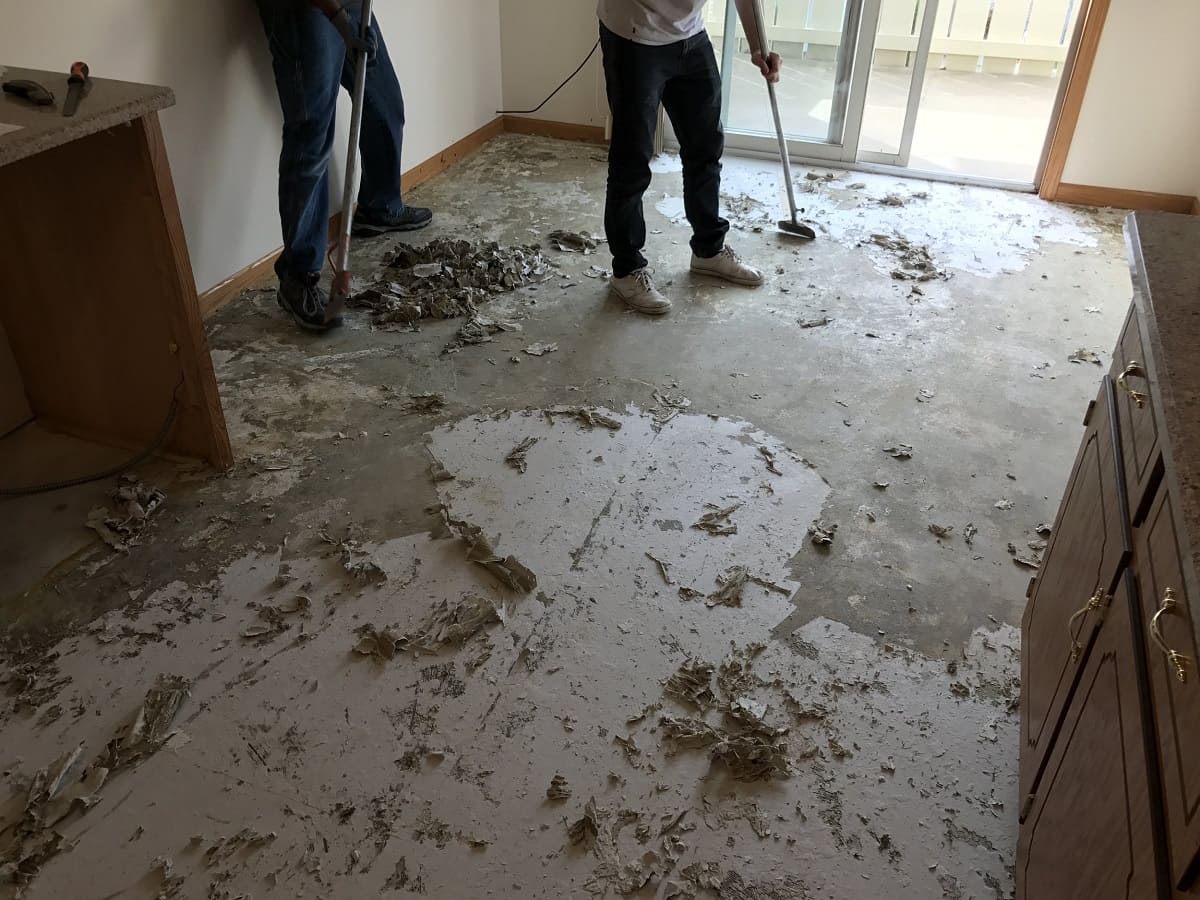
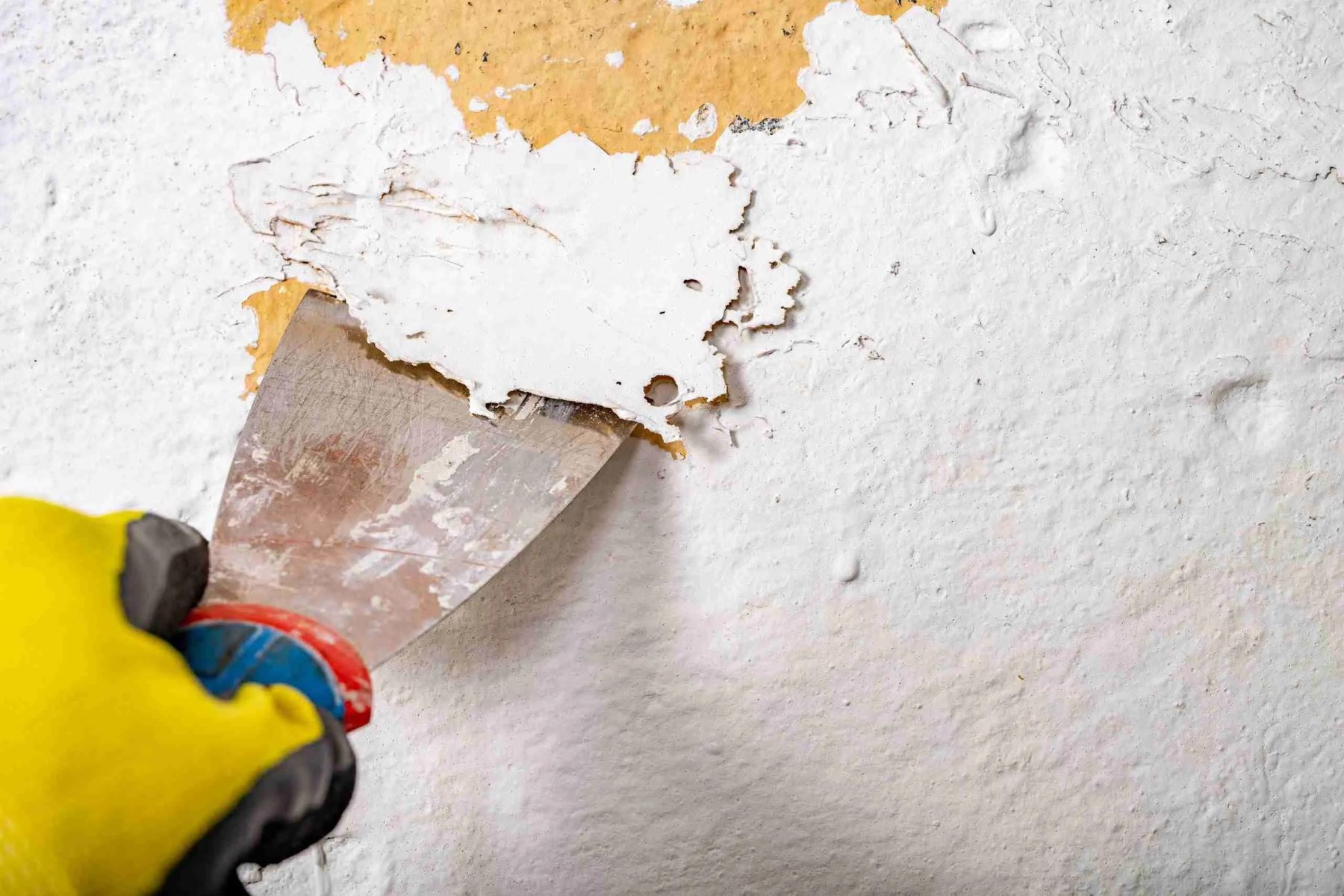
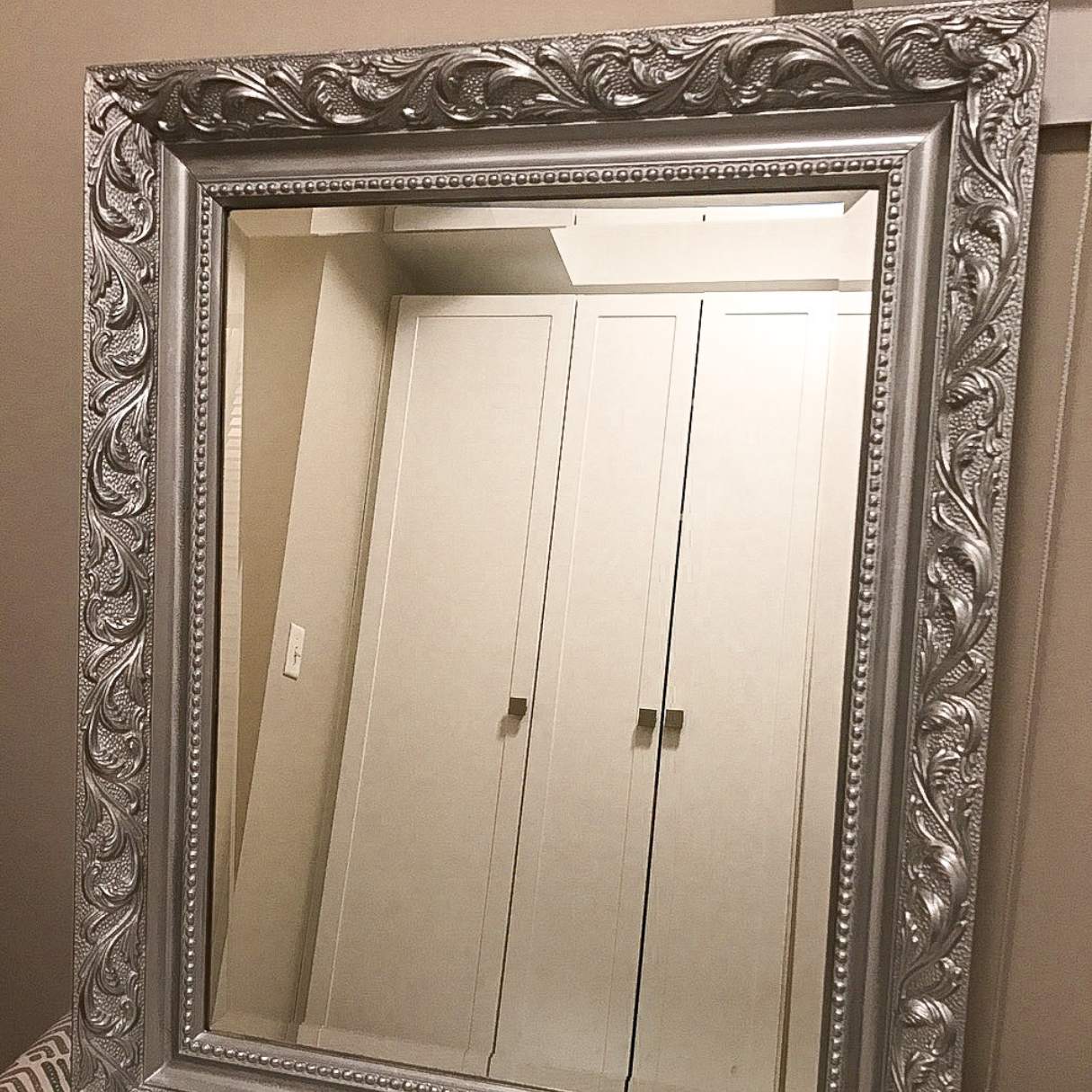
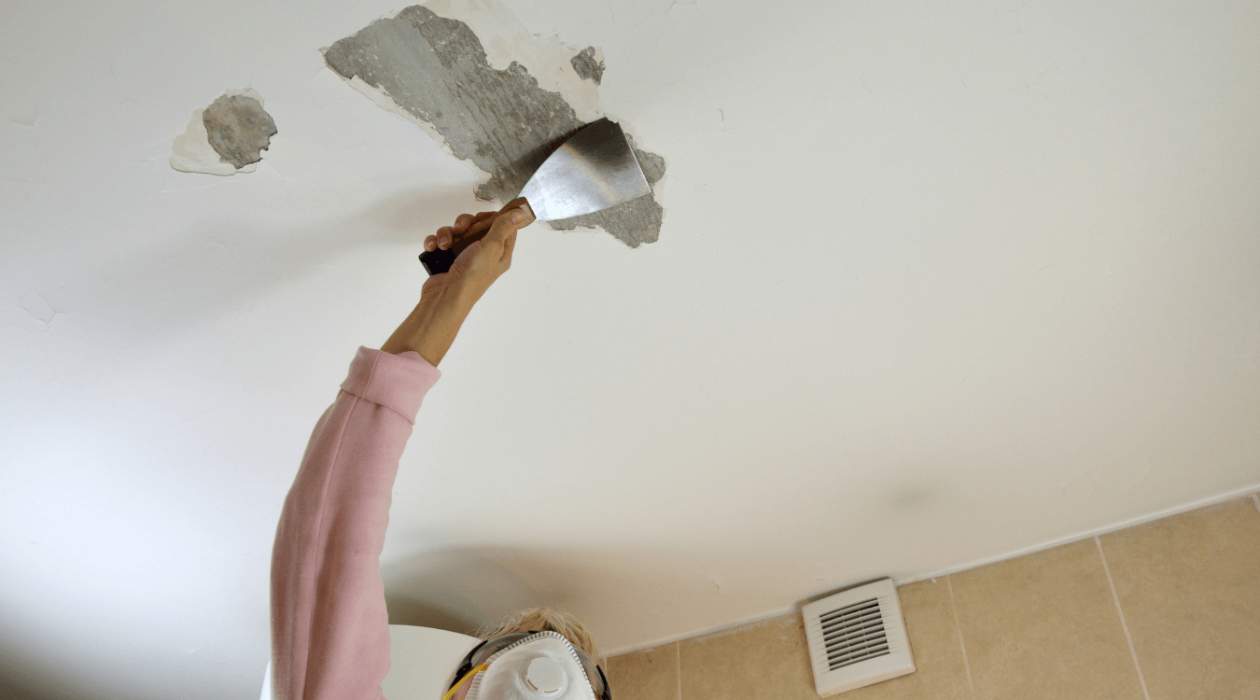

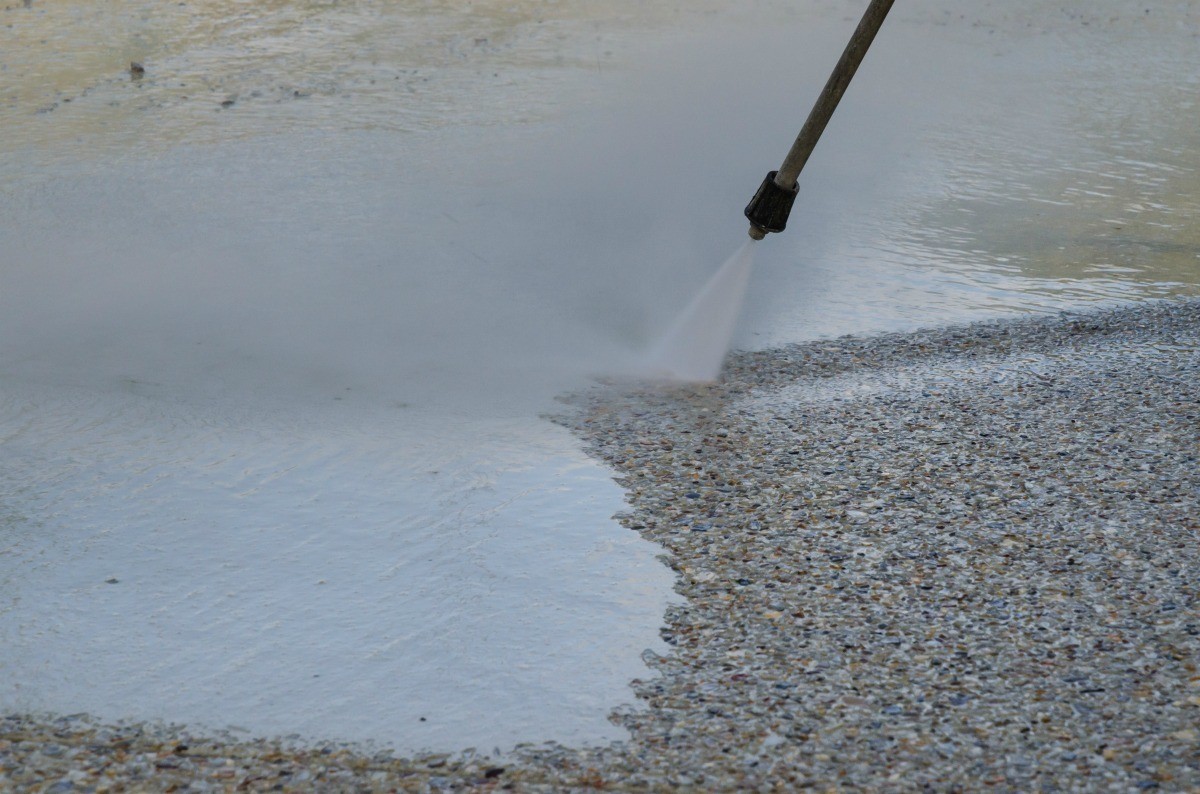

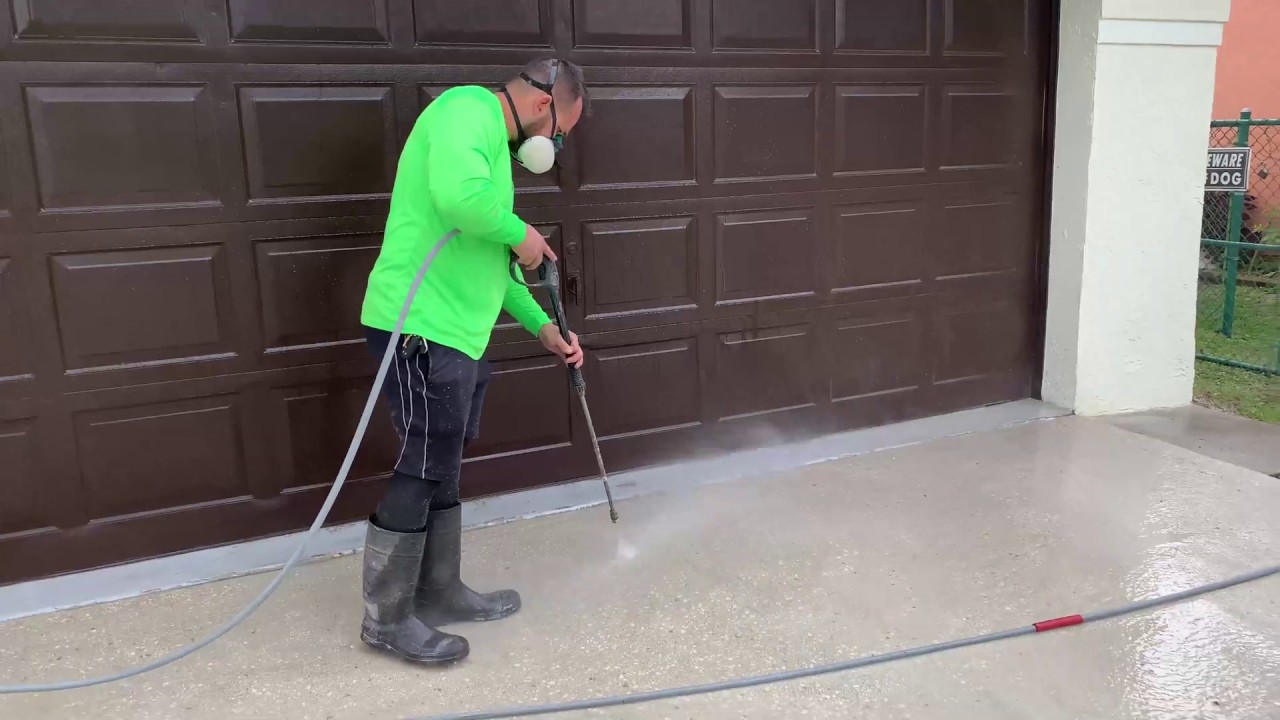

0 thoughts on “How To Get Paint Off Tile Floor”